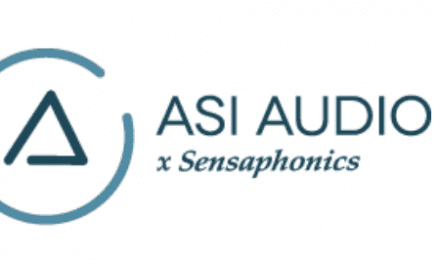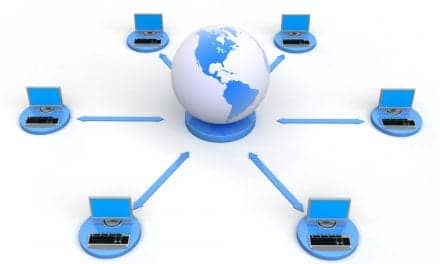“Conversation is an art in which a man has all mankind for his competitors, for it is that which all are practising every day while they live.”
— Ralph Waldo Emerson (1803–1882),
“Considerations by the Way,” The Conduct of Life.

From the moment we hear the morning alarm, Americans chatting on their phones, conducting business and personal conversations, attending meetings, lectures, listening to music, and watching TV. These rituals, commonly taken for granted by most, are difficult—if not impossible—for more than 28 million individuals with hearing loss. It is reassuring for many to learn that help is available.
Over the last several years, hearing health care professionals have acknowledged this growing need, and have developed a variety of assistive listening devices (ALDs) for hard-of-hearing individuals, who are actively seeking help to overcome their challenges, and lead relatively normal lives. Among the improved technologies available for the consumer, are: bed-shaking alarms; infrared listening devices for TV, theaters, and movie houses; flashing light smoke alarms and telephone ringers, and amplified telephones and conversation-monitoring devices. Also, in the near future, hearing aid compatible cell phone technology will also be available, making social and business interaction more accessible for the hearing-impaired consumer.
As a result of public demand and rigorous campaigning by hearing advocacy groups, such as Hard of Hearing Advocates and Self Help for Hard of Hearing People, the Federal Communications Commission (FCC) is also taking an active stance. As of June 9, the FCC reaffirmed its position requiring the nation’s top five wireless companies to ensure the availability of hearing aid compatible cell phone technology, beginning September 18 of this year.
All of these technologies help to provide the hard-of-hearing population with equal access and opportunity in their school, work, and home environments. In doing so, these individuals feel more connected to the world around them.The result of this stream of communication consciousness makes it an excellent time for hearing health care professionals more readily provide ALDs to their patients. As the quality of these technologies continues to improve, and knowledge of their usefulness expands, demand will only increase, and those who provide assistive technologies will not only benefit financially, but lead their competitors in the technology game.

Rogena Schuyler Silverman
[email protected]





